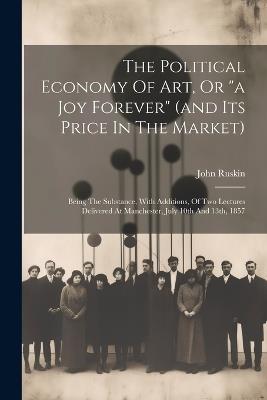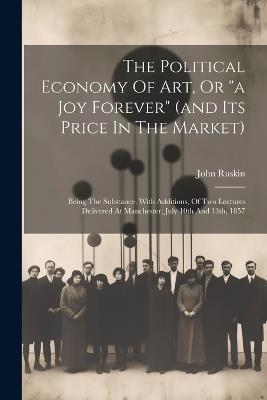L’articolo è stato aggiunto alla lista dei desideri
IBS.it, l'altro eCommerce
The Political Economy Of Art, Or "a Joy Forever" (and Its Price In The Market): Being The Substance, With Additions, Of Two Lectures Delivered At Manchester, July 10th And 13th, 1857
Cliccando su “Conferma” dichiari che il contenuto da te inserito è conforme alle Condizioni Generali d’Uso del Sito ed alle Linee Guida sui Contenuti Vietati. Puoi rileggere e modificare e successivamente confermare il tuo contenuto. Tra poche ore lo troverai online (in caso contrario verifica la conformità del contenuto alle policy del Sito).
Grazie per la tua recensione!
Tra poche ore la vedrai online (in caso contrario verifica la conformità del testo alle nostre linee guida). Dopo la pubblicazione per te +4 punti



Tutti i formati ed edizioni
L'articolo è stato aggiunto al carrello
L’articolo è stato aggiunto alla lista dei desideri




